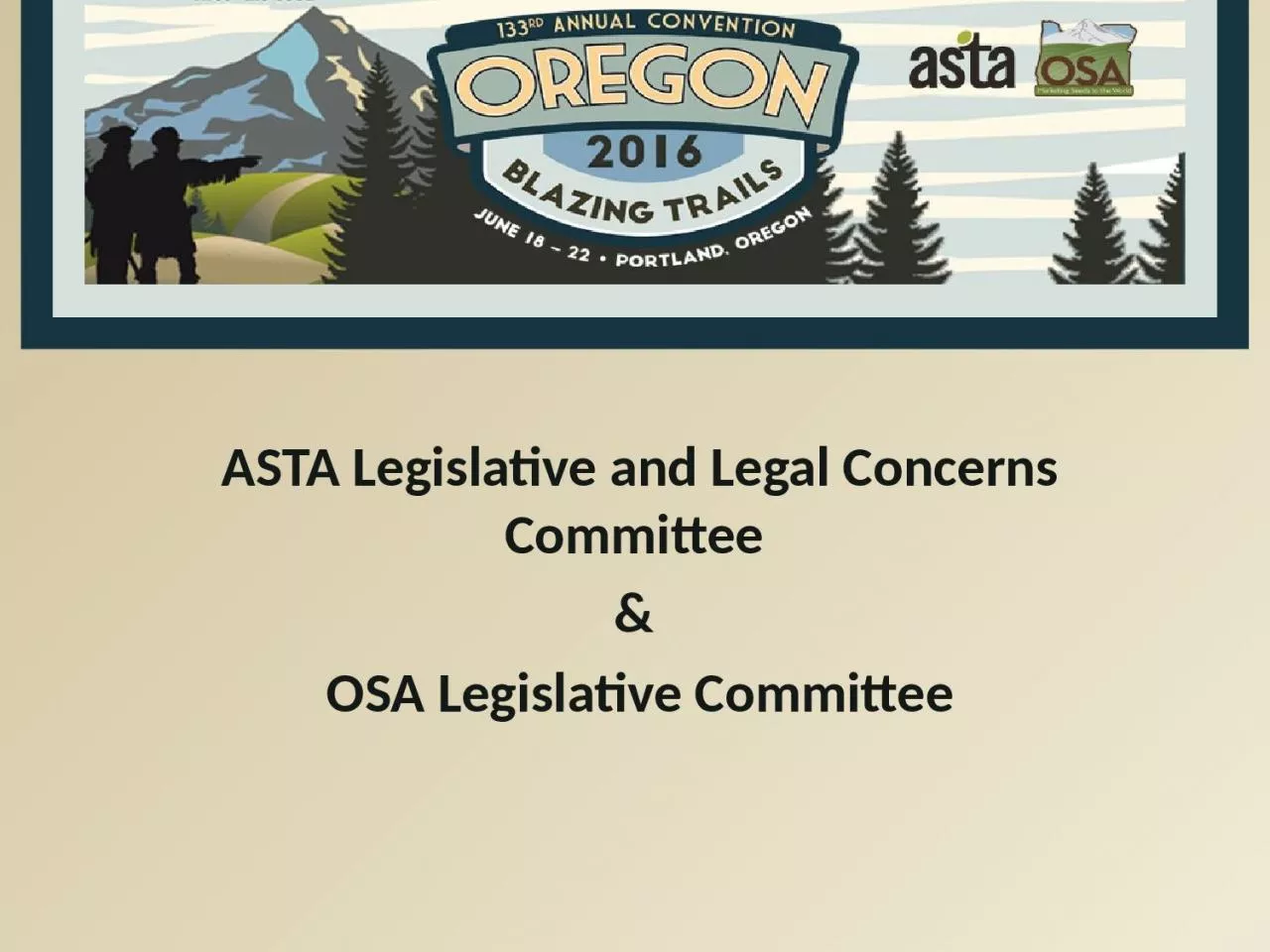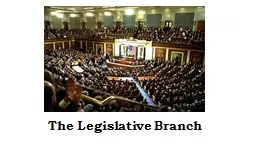PPT-ASTA Legislative and Legal Concerns Committee
Author : bety | Published Date : 2024-03-13
amp OSA Legislative Committee GMO Labeling Legislation Mandatory disclosure of bioengineered ingredients via QR code on pack words or symbol plus 1800 number for
Presentation Embed Code
Download Presentation
Download Presentation The PPT/PDF document "ASTA Legislative and Legal Concerns Comm..." is the property of its rightful owner. Permission is granted to download and print the materials on this website for personal, non-commercial use only, and to display it on your personal computer provided you do not modify the materials and that you retain all copyright notices contained in the materials. By downloading content from our website, you accept the terms of this agreement.
ASTA Legislative and Legal Concerns Committee: Transcript
Download Rules Of Document
"ASTA Legislative and Legal Concerns Committee"The content belongs to its owner. You may download and print it for personal use, without modification, and keep all copyright notices. By downloading, you agree to these terms.
Related Documents














